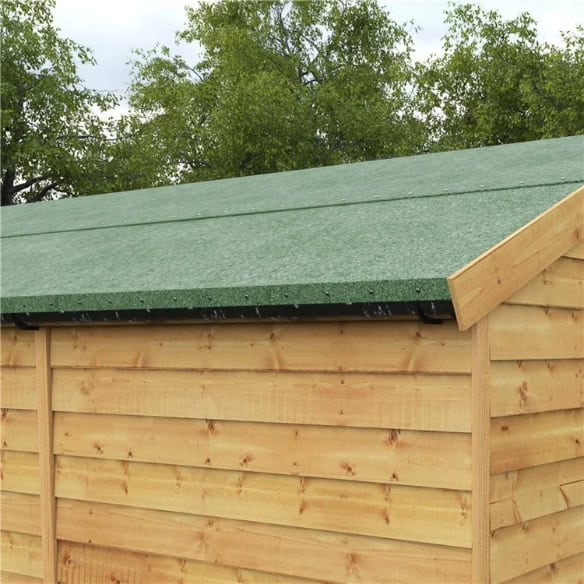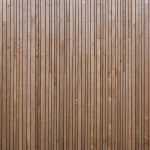Jump to:
Even a weather-tight garden shed can become a haven for spiders. It doesn’t matter if it’s made of wood, plastic, or metal; these pesky intruders always seem to find a way in.
As winter approaches, neglecting to take measures could worsen spider infestations. We’ve put together these handy tips to help you spider-proof your shed.
1. Seal all gaps
Preventing shed spiders from entering is simpler than getting them out. Your first step to deter these invaders should involve sealing all existing openings.
Wooden sheds, for one, are susceptible to cracking, which can lure spiders inside. To close those gaps, you’ll want to make sure all the joints are silicone-sealed. You could also go a step further and consider shed insulation for better heat regulation. This creates a less inviting environment, especially during seasons when they seek warmth. Such a combination can reduce the likelihood of spider infestation in your shed.
2. Make sure to secure the windows and doors

Windows and doors are another getaway for these eight-legged crawlies. They’re sneaky and can fit through tiny holes or cracks. For this step, you’ll be focusing on these parts of the shed. Similar to step 1, use draft seals and/or install screens to block any potential entryways.
Install door sweeps or weather-stripping along the bottom of doors to create a tight seal. Check the door hinges, tighten any loose hinges, and adjust them as needed to eliminate gaps. Also, ensure the latch or lock mechanisms are in good working condition. This prevents shed spiders from squeezing through partially closed windows or doors.
3. Use spider repellent lining paper
Spider-repellent lining paper contains ingredients that spiders don’t like. This includes essential oils like peppermint, citronella, or cedarwood. Simply place the lining paper on the wall or surfaces, and these scents will act as a deterrent. When these pesky creatures come near it, they’ll be repelled by the smell or taste. It’s an easy way to help keep your shed spider-free without using harmful chemicals.
4. Invest in a heavy-duty roof mineral felt

Chances are, your shed already has some roofing felt. But if you think it needs replacement, opt for a heavy-duty variety. The weight and thickness of this felt ensure thorough coverage, sealing every nook and cranny where spiders might try to sneak in. This added barrier also protects against weather elements such as rain and wind.
Focus on the edges of the shed roof where it meets the walls and along any seams or joints in the roof panels. Ensure it overlaps the edges by a few inches to prevent gaps.
5. Create a slippery surface
Spiders often struggle to climb out of rain barrels due to their slippery interiors. They face the same difficulty when faced with slick surfaces around your shed. Apply a layer of grease or a non-drying lubricant along the shed’s base and entry points might help. Or consider using materials like PVC piping or metal flashing around the perimeter.
From sealing gaps to creating slippery surfaces, there are various ways to keep shed spiders at bay. Implement these tips today and make your shed a comfortable space for your storage needs! If you have any further questions, please don’t hesitate to contact us at 01909 768840.
Next on your reading list: How to Bug-Proof Your Shed: The Ultimate Guide










